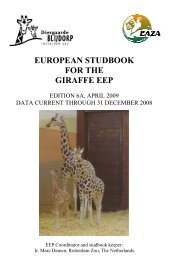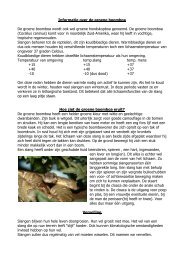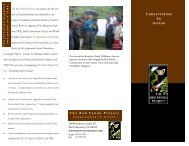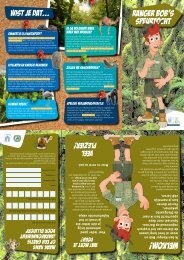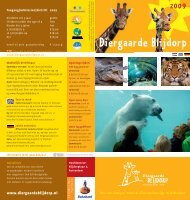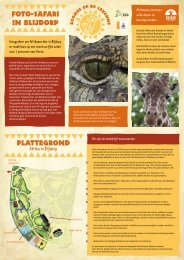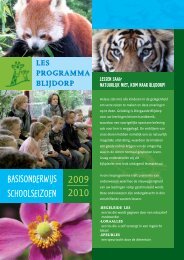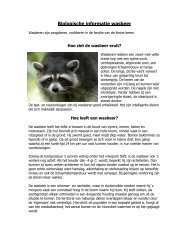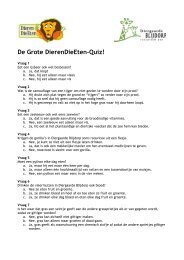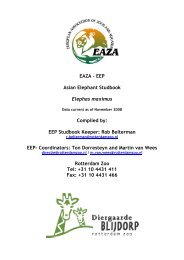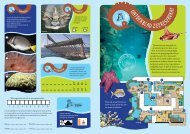Create successful ePaper yourself
Turn your PDF publications into a flip-book with our unique Google optimized e-Paper software.
<strong>EEP</strong> STUDBOOK CROWNED PIGEONS<br />
The area between the most southern hills of the basin and the Kunimaipa River used to be<br />
occupied by the Kovio. Given their low population density and their emphasis on hunting,<br />
fishing and sago, they probably had very limited impact on the natural environment. Although<br />
they migrated from this area in the 1950s, they still return to hunt, often with shotguns, and<br />
usually for large game, including cassowaries, wild pigs and crocodiles. The southern half of<br />
the basin is still dominated by primary forests, although this report may have overlooked the<br />
occupation by groups no longer resident in the basin, such as the Moveave (Filer and Iamo,<br />
1989). The establishment of Kakoro in 1972 left the entire southern half of the basin<br />
completely uninhabited.<br />
Contemporary economic conditions<br />
Most of the residents of the Lakekamu Basin currently live in villages close to the<br />
government center at Kakoro, in the northern half of the basin. Several other villages are<br />
located along the major river courses and in the mountains of the northwest. The name<br />
Kakoro means "dried up" or "hungry" in Motu, the trade language used throughout Papua<br />
New Guinea. Founded not only as in 1972, Kakoro has a school, a health centre, and an office<br />
for a provincial, administrator, a guesthouse, a small market and a grass airstrip. The southern<br />
half of the Lakekamu Basin remains largely uninhabited, although it is regularly visited for<br />
hunting, fishing and for cutting timber and gathering other forest products. Furthermore is<br />
Tekadu where also is an airstrip, a community school, an (almost always-closed) aidshop and<br />
a shop. Of course the presence of a shop is closely related to the airstrip, because of the<br />
deliveries. The largest school can be found in Okovai, where there also is a well-equipped<br />
aidpost (because of the close distance to Port Moresby, the capital).<br />
Housing<br />
Most of the houses in the Lakekamu Basin are made of bush materials such as timber, sago<br />
and bamboo leaves, ropes, palms etc. Only a few people can afford to use modern<br />
materials to build their houses, such as iron roofing, nails and plywood etc. Because of the<br />
bushmaterials used, the houses are not very durable and every five or six years, there has to be<br />
build a new house. As soon as a boy is capable to build his own house, he will marry and<br />
build a house for himself and his wife. But sometimes, the married couple will reside in their<br />
parents's houses. A generation ago, a married couple used to sleep separated: the man in the<br />
"manhouse", and the woman in the women-house. The missionaries told the people that a<br />
husband and his wife should used to live in the same house. Many times a group of families<br />
build a house together to live there, or whole families, including blood relatives and other<br />
married relatives such as in-laws reside in the house. Sometimes a family has more houses,<br />
especially if the gardens or the gold-mining camp are far away.<br />
Food<br />
The Biaru, Kurija and the Kamea plant large, swidden gardens, usually along the river banks,<br />
in which they grow bananas (Pidgin: banana; scientific: Musa sp.), sweet potato (Pidgin:<br />
kaukau; scientific: Ipomea batatas), two species of taro (the first species: Pidgin: taro tru or<br />
tara kanaka; scientific: Colocasia esculenta var. antiquorum.<br />
132



